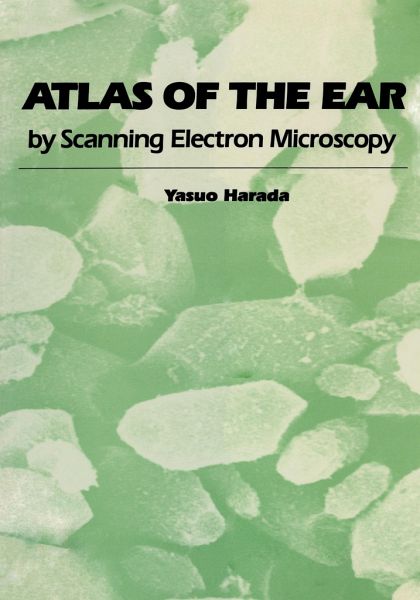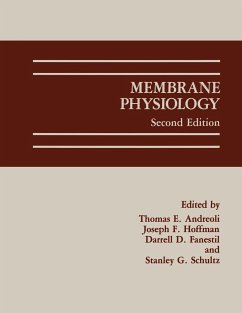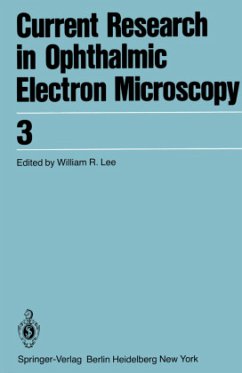
Atlas of the Ear
By Scanning Electron Microscopy

PAYBACK Punkte
39 °P sammeln!
The physiology of the semicircular canals was my main research interest before I began to study their morphology. In 1966, by utilizing the isolated semicircular canal of the frog, I was able to show that cell activity in the horizontal semicircular canal has the opposite polarity to that in the vertical canals, which was the first physiological proof of Ewald's law. Several transmitting electron microscope (TEM) studies had already reported on the morphology of the semicircular canal cristae; however, my morphological work was motivated by a strong desire to see whether the morphological pola...
The physiology of the semicircular canals was my main research interest before I began to study their morphology. In 1966, by utilizing the isolated semicircular canal of the frog, I was able to show that cell activity in the horizontal semicircular canal has the opposite polarity to that in the vertical canals, which was the first physiological proof of Ewald's law. Several transmitting electron microscope (TEM) studies had already reported on the morphology of the semicircular canal cristae; however, my morphological work was motivated by a strong desire to see whether the morphological polarity accorded to the physio logical polarity. In 1968 I happened to see the paper written by Dr David Lim, one of my close friends. His findings concerning the vestibular morphology, when examined by scanning electron microscopy (SEM), fascinated me a great deal because of the three-dimensional quality of the micro graphs. This stimulated me to become involved in vestibular morphol ogy. In the beginning, however, I faced many problems with specimen preparation for SEM, and the first few years were spent simply solving technical problems, especially those of artifacts. Many of the figures in this book have been photographed with a JEOL JSM U-3 scanning electron microscope over a decade. The sharpness of these pictures still, I think, bears comparison to the defi nition of those taken by the more sophisticated SEM scopes currently available.














